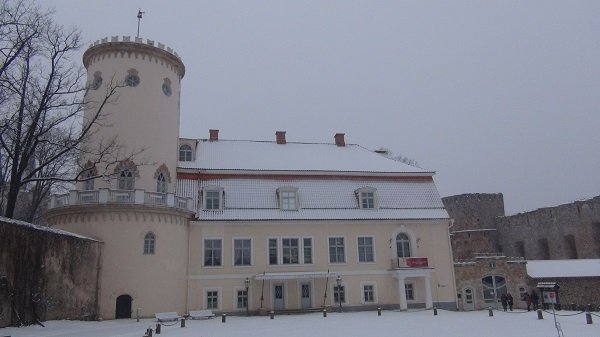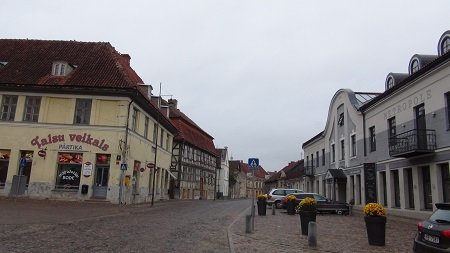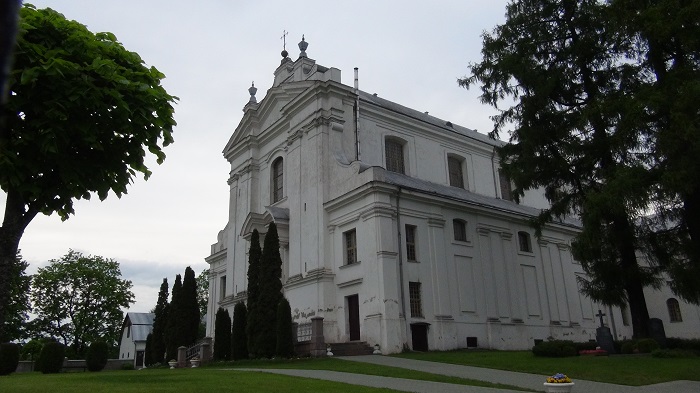Latvian towns are usually centered at a Medieval castle or a later manor, from where they were once ruled. A church, or more often churches, stand nearby.

The largest and oldest one is typically Lutheran, while Catholic and Russian Orthodox ones are smaller and date to the 19th-20th century.
The small old town consists of single-story or double-story wooden and brick buildings, once inhabited by the German elite and craftsmen. The towns became ethnically Latvian throughout the 19th-century urbanization.

Under Soviet occupation, new boring apartment blocks were constructed in larger towns. Some of the towns have their faces altered considerably, losing their identity. However, many of Latvia’s towns still retain their picturesque old towns.
The prettiest towns of Latvia are Kuldīga, Cēsis, Bauska, Talsi, Kandava.
Sigulda, Gulbene, Alūksne and Jēkabpils, Koknese have a few pretty locations each, mainly castles, palaces and churches.

Skrunda-2 is a unique abandoned Soviet military town.
